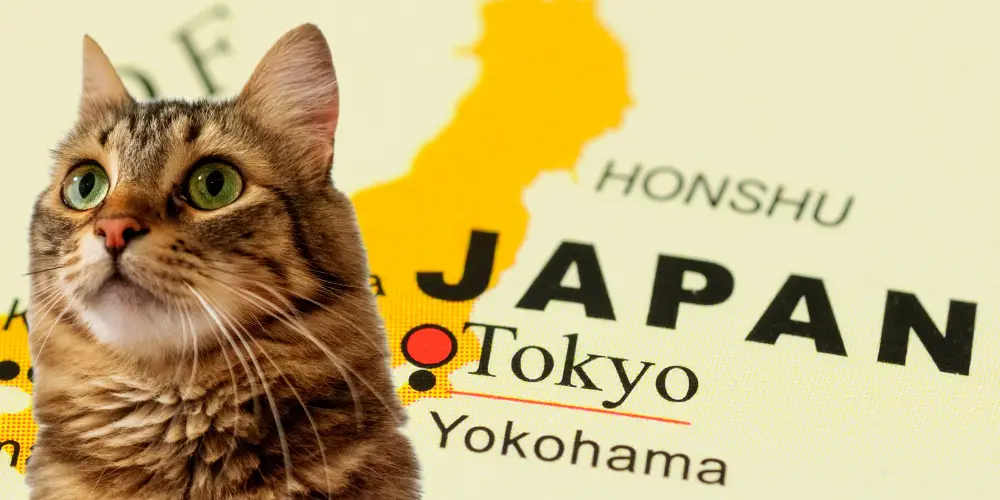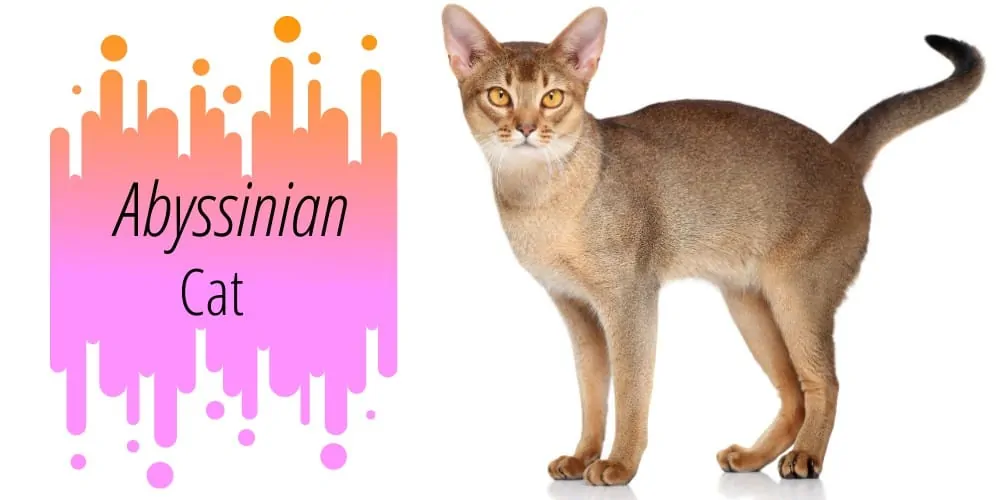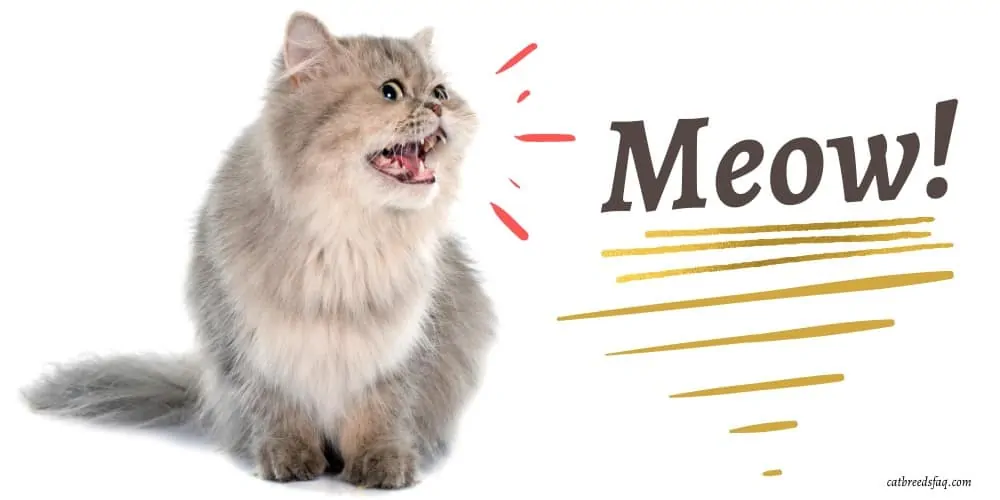Japan has a rich history of loving and cherishing cats. From beckoning cat statues to cat cafes, the nation’s affection for these adorable creatures is well-known.
Let’s dive into the top 10 most popular cat breeds in Japan that consistently appear in the top rankings
Key Takeaways
- A diverse array of local and international cat breeds are cherished in Japan.
- Cats have a significant history in Japan, with rich cultural symbolism and folklore.
- Cats are celebrated in various aspects of Japanese life, including cat cafés and media.
- Cat care requires understanding local laws, vaccinations, and where to adopt or purchase a cat.
1. American Shorthair
Origin and History
Originally from Europe, these cats arrived in North America with early settlers. They were appreciated for their hunting skills and adaptability.
- Appearance: Muscular, medium to large size
- Temperament: Gentle, good with children
- Life Span: 15-20 years
Why it’s popular in Japan
The American Shorthair’s adaptable nature and low-maintenance grooming make it a perfect choice for Japanese families, especially in urban settings.
Cultural Connection
With origins in North America, this breed has transcended boundaries and become a beloved pet in Japanese homes. Its healthy and robust nature fits well with the Japanese lifestyle.
2. Norwegian Forest Cat
Origin and History
This breed originated in Norway and was used by Vikings for rodent control on ships. They became part of Norse folklore.
- Appearance: Long, thick coat, bushy tail
- Temperament: Independent but affectionate
- Life Span: 14-16 years
Why it’s popular in Japan
The breed’s majestic appearance and ability to thrive in various living conditions have endeared it to the Japanese.
Historical Note
Though originating from the cold forests of Norway, this cat’s graceful beauty and resilient nature have made it a cherished pet in Japan, symbolizing elegance and strength.
Let’s now look at two breeds often seen as Japan’s fluffy duo of the cat world.
3. Ragdoll
Developed in the 1960s in California, Ragdolls are a relatively new breed. Their gentle nature and unique coloring quickly gained popularity.
- Appearance: Large, silky fur
- Temperament: Laid-back, affectionate
- Life Span: 15-20 years
Why it’s popular in Japan
Their gentle nature and loving attitude make them ideal family pets.
British Shorthair
One of the oldest cat breeds, British Shorthairs date back to Roman times in Britain. They became the basis for many literary cat characters.
- Appearance: Round face, dense coat
- Temperament: Calm, easy-going
- Life Span: 12-20 years
Why it’s popular in Japan
Known for the “Cheshire Cat” smile, they bring a classic charm to Japanese homes.
The Fluffy Duo: Comparison
| Breed | Appearance | Temperament | Life Span | Special Traits |
|---|---|---|---|---|
| Ragdoll | Large, silky fur | Laid-back, affectionate | 15-20 years | Goes limp when held |
| British Shorthair | Round face, dense coat | Calm, easy-going | 12-20 years | Known for “Cheshire Cat” smile |
5. Minuet
A relatively new breed, Minuets were created by crossing Persian and Munchkin cats, combining short legs with a luxurious coat.
- Appearance: Short legs, round face
- Temperament: Friendly, energetic
- Life Span: 12-15 years
Why it’s popular in Japan
Its compact size and playful personality suit Japan’s typically smaller living spaces.
Fun Fact
Also known as Napoleon, the Minuet’s name and appearance reflect grace and liveliness.
6. Siberian
Originating in Russia, Siberians are known for their resilience and have been part of Russian households for centuries.
- Appearance: Robust, medium to large size
- Temperament: Playful, good with children
- Life Span: 12-18 years
Why it’s popular in Japan
Hypoallergenic qualities make the Siberian cat a favorite among allergy sufferers in Japan.
Health Benefit
Their allergen-reducing qualities make them an excellent choice for families concerned about allergies, enhancing their appeal in health-conscious Japan.
7. Bengal
Created in the U.S. in the 1960s, Bengals are a cross between domestic and Asian leopard cats, resulting in a wild appearance.
- Appearance: Sleek, wild look
- Temperament: Active, intelligent
- Life Span: 12-16 years
Why it’s popular in Japan
The Bengal’s exotic appearance and high energy make them fun to play with and a visual delight.
Unique Feature
With spots and rosettes reminiscent of a leopard, this breed brings a touch of the wild into Japanese homes.
8. Scottish Fold
First recognized in Scotland in the 1960s, the breed’s unique folded ears quickly made them stand out among cat enthusiasts.
- Appearance: Folded ears, round face
- Temperament: Calm, affectionate
- Life Span: 11-14 years
Why it’s popular in Japan
The Scottish Fold’s unique appearance and friendly nature make them irresistibly charming.
Celebrity Status
Famous in Japan, celebrities like Maru the Scottish Fold have taken social media by storm, further boosting the breed’s popularity.
9. Somali
Origin and History
A descendant of the Abyssinian, known for a long, fluffy coat and an active personality.
- Appearance: Long, fluffy coat
- Temperament: Active and playful
- Life Span: 12-16 years
Why it’s popular in Japan
Their exotic appearance and playful nature resonate with Japan’s fascination for unique and lively companions.
Cultural Impact
The Munchkin’s playful antics and unique appearance have made them a pop culture sensation in Japan, inspiring art and media.
10. Maine Coon
Origin and History
One of the largest domesticated cat breeds, originally from the United States and known for a thick, shaggy coat.
- Appearance: Large, tufted ears, shaggy coat
- Temperament: Gentle, affectionate, good with children and other pets
- Life Span: 12-15 years
Why it’s popular in Japan
Their large size, friendly demeanor, and striking appearance make them stand out in Japanese homes.
Adoption Movement
The popularity of mixed breeds in Japan supports a growing movement towards animal adoption, reflecting a societal value for compassion and care.
The History of Cats in Japan
A Brief History of How Cats Came to Japan
Cats were believed to have been introduced to Japan around the sixth century.
They arrived from China, primarily aboard Buddhist monks’ vessels, to protect manuscripts from rodents.
Over time, cats spread throughout the country, becoming both companions and protectors of valuable resources.
The Cultural Symbolism and Folklore Surrounding Cats
In Japanese culture, cats have profound symbolism and are often associated with good fortune and prosperity.
The famous “Maneki-neko” or “beckoning cat” is a common figure in Japanese businesses, thought to bring good luck.
Cats also find their place in folklore, with legends like the mythical bakeneko, a cat with supernatural powers.
The reverence for cats in Japan transcends mere companionship; they are seen as mystical and spiritual beings.
How Different Breeds Became Popular
The popularity of various cat breeds in Japan has evolved with changing tastes and lifestyles.
- Traditional Breeds: Some native Japanese breeds, like the Japanese Bobtail, have been cherished for centuries, symbolizing luck and prosperity.
- Western Influences: With globalization, Western breeds like the American and British Shorthair found their way into Japanese homes, appreciated for their unique appearances and temperaments.
- Exotic Attractions: Breeds like the Bengal and Somali have gained popularity due to their exotic and unique characteristics.
- Adaptation to Modern Living: Compact living in urban areas has also shaped the popularity of smaller, more adaptable breeds, such as the Munchkin.
From ancient protectors to modern companions, cats in Japan have transcended ordinary roles to become cultural icons.
Their significance in Japanese culture and the diversity of breeds that have become popular over time paints a vivid picture of the country’s unique relationship with these fascinating creatures.
Cat Culture in Japan
Exploration of How Cats Are Integrated into Japanese Culture
In Japan, cats are more than just pets; they’re part of the cultural essence. From temples adorned with cat motifs to the famous Maneki-neko, or beckoning cat, they symbolize protection, prosperity, and good fortune.
Popular Cat Cafés and Other Cat-Related Attractions
Japan’s cat fascination extends to unique attractions like cat cafés and cat islands.
- Cat Cafés: Found in urban areas, these cafés provide a space for people to enjoy coffee while interacting with cats, offering an escape from daily stress.
List of Famous Cat Cafés
- Cat Café MoCHA
- Temari no Ouchi
- Nyafe Melange
- Neko no Kanzume
- Neko no Niwa
- Cat Islands: Places like Aoshima Island have become destinations for cat enthusiasts, known for their large cat populations.
- Cat-Themed Events: Various festivals and events celebrate cats, uniting communities of cat lovers.
The Influence of Cats on Japanese Media and Art
Cats have been a symbol of luck and prosperity in Japanese art for centuries. Modern media continues this tradition with famous cat characters like Hello Kitty and Doraemon, reflecting the ongoing fascination with feline friends. Cats also have left an indelible mark on Japanese media and art, appearing in everything from anime to advertising.
- Anime and Manga: Cats feature prominently in series like “Neko no Ongaeshi” (The Cat Returns) and “Fruits Basket,” often portraying magical or wise characters.
- Art: Cats have been depicted in various art forms, from traditional ukiyo-e prints to modern interpretations, reflecting their enduring appeal.
- Advertising: With their grace and charm, cats are a famous symbol in advertising, used to represent a range of positive qualities.
Cats permeate every aspect of Japanese culture, from cat cafés where you can enjoy a latte with a feline friend to their iconic representation in anime and manga.
Their symbolic significance and widespread presence in daily life, art, and media illustrate Japan’s unique and rich relationship with these elegant creatures.
Caring for Your Cat in Japan
General Care Tips for Cat Owners in Japan
Caring for a cat in Japan means attending to specific needs and considering cultural norms:
- Diet: Providing balanced nutrition tailored to your cat’s age, weight, and health.
- Environment: Creating a comfortable living space, especially considering the often compact urban living conditions.
- Exercise and Play: Ensuring regular mental and physical stimulation.
Information on Local Pet Laws, Vaccinations, and Veterinary Care
Understanding and complying with local regulations is vital:
- Pet Laws: Registration and microchipping might be mandatory. Rules regarding outdoor access vary by locality.
- Vaccinations: Regular vaccinations against common diseases like rabies are often required.
- Veterinary Care: Regular check-ups with a vet understands local breeds and conditions are essential.
Tips on Where to Adopt or Purchase a Cat
Whether adopting or purchasing, careful consideration ensures a happy match:
- Adoption: Many shelters and rescue organizations offer cats for adoption. It’s a responsible and often rewarding way to find a new feline friend.
- Purchasing: If considering a specific breed, research reputable breeders and be aware of the necessary care and characteristics.
- Pet Stores: These might also be an option, but checking the store’s reputation and commitment to animal welfare is crucial.
In Japan, caring for a cat goes beyond basic needs.
It includes understanding and integrating into the local culture, laws, and practices that shape pet ownership.
From choosing the right place to find a cat to knowing the local pet laws and finding the best food, toys, and healthcare, being a cat owner in Japan is a unique and fulfilling experience.
It’s not just about owning a pet; it’s about embracing a part of Japanese culture that reveres and respects the elegance and charisma of the cat.
Conclusion
Japan’s top 10 cat breeds offer a captivating glimpse into the nation’s culture and values.
From the graceful Norwegian Forest Cat to the quirky Munchkin, these felines represent a variety of traits and aesthetics that resonate with Japanese cat lovers.
Their popularity underscores Japan’s enduring love for cats, embracing diversity, elegance, playfulness, and companionship.
Whether you’re a local or a visitor, exploring the world of Japanese cats offers a fascinating journey into a culture that has truly embraced the infinite wonders of the feline kingdom.
References:
- Japan Insider. (2021, August 13). The Top 10 Most Popular Breeds of Cats in Japan. https://japaninsider.com/the-top-10-most-popular-breeds-of-cats-in-japan/
- Japan and Japanese. (n.d.). 10 Most Known Japanese Cat Breeds Are Debuting In 2022. https://japanandjapanese.com/10-popular-japanese-cat-breeds-are-debuting/
- Statista. (2023, April 19). Most popular cat breeds in Japan 2022. https://www.statista.com/statistics/1228098/japan-most-popular-cat-breeds/
- Nippon.com. (2020, March 4). Scottish Fold Tops Japanese Cat Ranking. https://www.nippon.com/en/japan-data/h00662/scottish-fold-tops-japanese-cat-ranking.html


